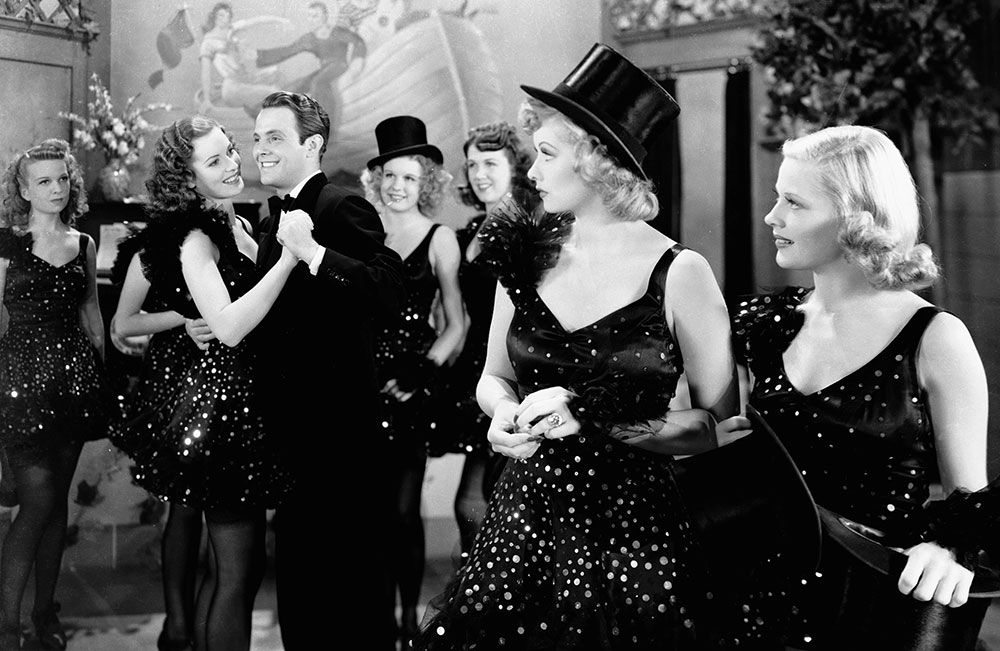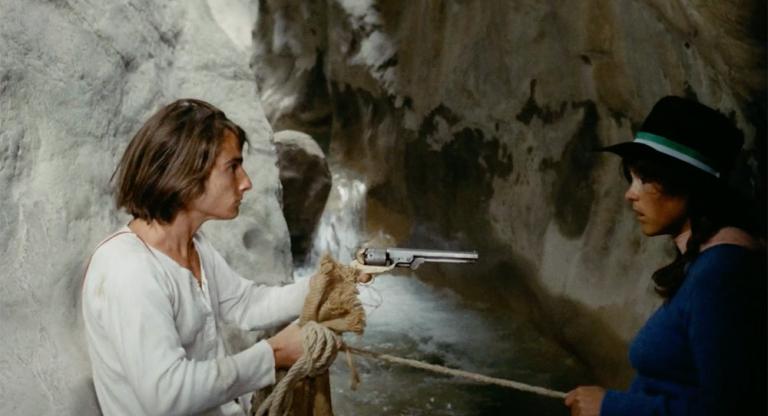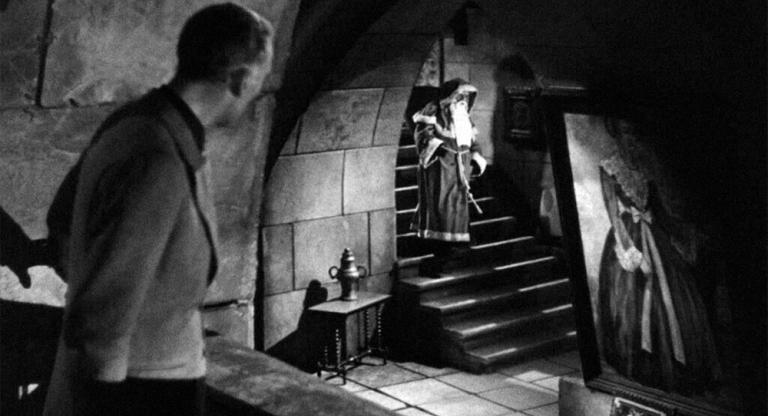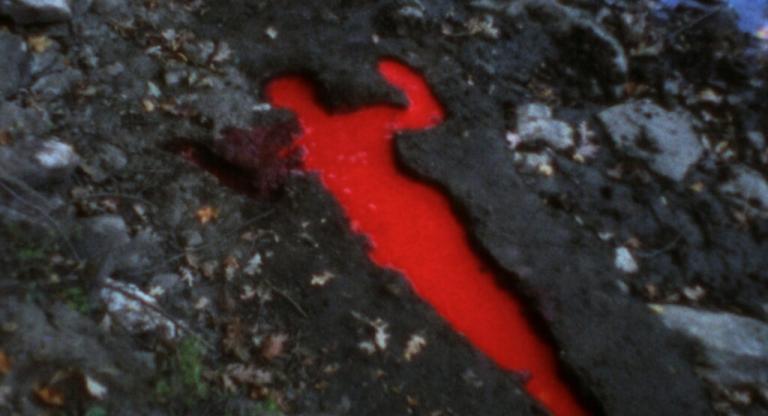In 1953, the United States’ favorite harebrained housewife appeared before Senator McCarthy’s House Un-American Activities Committee to answer for her alleged communist sympathies. Like many actresses of her generation, Lucille Ball spent the 1930s bopping between chorus lines and radio comedies before landing a contract as a bit-player for MGM. In 1936, at the behest of her socialist grandfather, she became a card-carrying member of the Communist Party. By all accounts, this marked the extent of her leftism. Ball’s subsequent political life followed a typical Hollywood trajectory: fundraising for Roosevelt’s presidential campaigns and supporting his New Deal policies. Her flirtation with communism didn’t appear to hinder her career in any way, and her star rose throughout the 1940s.
Soon enough, supporting ensemble roles gave way to meatier leading parts, beginning with her substantial turn in Dorothy Arzner’s backstage drama Dance, Girl, Dance (1940). Commercially unsuccessful and panned upon release, Dance, Girl, Dance has since attained its rightful reputation as one of Arzner’s most watchable feminist fables. The sensitivity on display is due in no small part to the braintrust behind the camera: Arzner’s bona fides were already well-established, and the story by German-born author Vicki Baum (of Grand Hotel fame) avoids the third act punishments that often befell sassy broads in Hollywood cinema.
Recasting the shopworn story of two friends—a ne’er-do-well and a do-gooder—as a tale of two hoofers, the otherwise boilerplate love triangle plot becomes a showcase for two electric redheads as they hustle for a slice of stage glory. Stalling out in Akron, Ohio, and eager to make it big, Ball and co-star Maureen O’Hara head for the Big Apple in search of stardom. As salty chorine “Bubbles,” Ball finds momentum in the world of burlesque, ascending to the top of an admittedly seedy ladder. Irish spitfire O’Hara is a classically-trained ballerina with aspirations toward the “legitimate” stage, but her own progress is slow going. And while both vye for the love of the still-married scion Ralph Bellamy, Bubbles adheres to the first rule of “chicks before dicks,” offering her struggling pal a spot in her new show.
At the time of her HUAC testimony, Ball was television’s highest-paid and most visible star, making her the ideal target for Washington's postwar witch-hunt. Assuaging a live studio audience before an episode taping of their hit sitcom “I Love Lucy,” Ball’s then-husband and co-star Desi Arnaz responded to the brewing congressional scandal: “The only thing red about Lucy is her hair, and even that is not legitimate.” Audiences were more than willing to overlook whatever red stain hovered over their favorite TV couple, and Ball’s pinko past became but a distant memory. Still, keen viewers and scholars can detect more than a hint of leftist sympathies in her Hollywood filmography. In Dance, Girl, Dance (1940), Arzner’s expert direction cultivates a star who can juggle ambition and comradeship in equal measure.
Dance, Girl, Dance screens this evening, May 6, at Nitehawk Prospect Park on 35mm as part of the series “Misfit Alley.”



